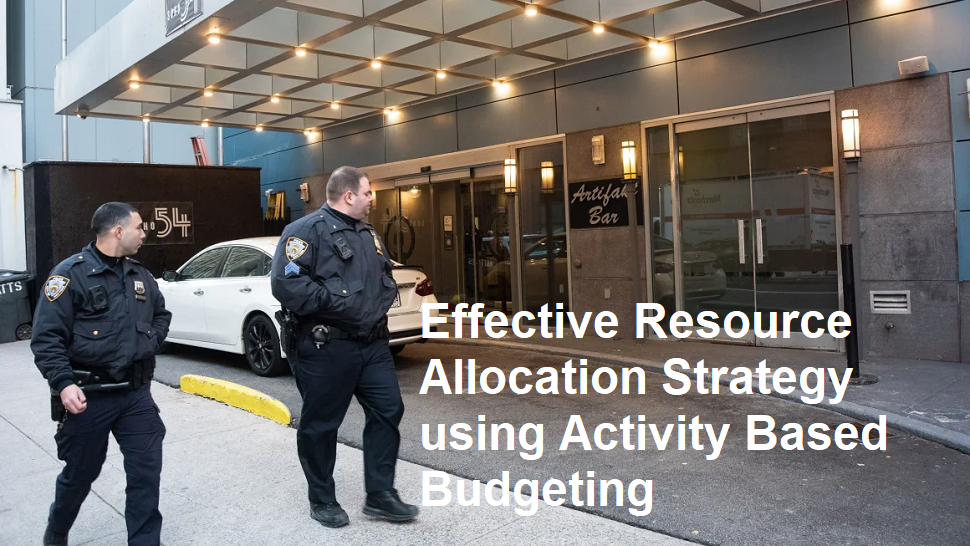What is the Melt-Up Phenomenon in Economics?
In recent years, the global economy has experienced a unique and interesting phenomenon that we know as a melt-up. A melt-up is the phenomenon of a sudden surge in the value of financial assets, driven by a combination of market speculation and excessive optimism among investors. This melt-up phenomenon has attracted the attention of economists, investors and policy makers all over the world, because this phenomenon reflects a deviation from traditional economic trends and is therefore difficult to predict and understand.
To understand this melt-up phenomenon, we must first understand the broader economic landscape in which this unique phenomenon in the world of finance occurs. In recent years (before the melt-up), the global economy experienced a period of unprecedented growth and stability. Central banks around the world have implemented accommodative monetary policies towards financial markets, keeping interest rates low and flooding financial markets with liquidity. These conditions have created a conducive environment for asset price appreciation and encouraged risk-taking behavior among investors.
In addition, technological advances and globalization have succeeded in connecting economies and financial markets around the world in an unprecedented way. Information spreads at lightning speed, which allows investors to react quickly to changing market conditions. As a result, the financial environment has become increasingly complex and interconnected, making it vulnerable to sudden changes and shocks.
Causes and Triggers of Melt-Up.
There are many factors that contribute to the melt-up in the economy, including:
Investor Sentiment.
One of the factors causing the melt-up is investor sentiment, which plays a very important role. When investors have high (or excessive) levels of optimism and confidence in the markets, these investors are likely to engage in speculative behavior, thereby driving asset prices to unsustainable levels. This irrational and momentary exuberance can be fueled by positive economic indicators, such as strong GDP growth, low unemployment rates, and rising corporate profits.
Central Bank Monetary Policy.
Monetary policy decisions by central banks can trigger a financial market crash. When central banks signal their intention to maintain loose monetary policy or implement further stimulus measures, this can lead investors to interpret such actions as a green light to invest aggressively. A flood of liquidity into financial markets can quickly increase asset prices, which is the beginning of a financial market crash.
Impact of Melt-Up on the Economy & Examples.
Although the melt-up at first glance seems like a positive development, it is actually a condition that can have a significant impact on the wider economy. Excessive increases in asset prices can create a wealth effect, making individuals and businesses feel wealthier and encouraging them to spend (consume) excessively. This increase in consumption in the short term can stimulate economic growth and lead to a virtuous cycle of investment and expansion.
However, the melt-up phenomenon also brings its own risks to the economy. When asset prices are separated from their fundamentals, there is the potential for sharp corrections or even financial market collapse. This condition can have a negative impact on investor confidence, thereby causing a contraction in spending and investment patterns. Moreover, the impact on wealth will only be temporary, as individuals and businesses are becoming increasingly cautious as they realize that this crisis will not be sustainable.
Throughout modern financial history, there have been many examples of melt-ups, including:
The Dot-com Bubble.
One legendary example of a melt-up is the dot-com bubble of the late 1990s. During this period, the share prices of internet-based companies (which we know as dot-coms) skyrocketed, driven by belief in the unlimited potential of the internet. However, when the dot-com bubble burst in the early 2000s, many of these internet companies saw their valuations collapse, causing huge losses for internet company investors.
Housing Market Bubble.
Another example of a melt-up is the housing market bubble that occurred before the global financial crisis of 2008. When home prices in the United States soared, fueled by weak lending standards and speculation, many investors and the public believed that the housing market was invincible. However, when the housing market bubble burst, it triggered a financial crisis that spread throughout the world and had a broad impact on the global economy.
Melt-Up Characteristics
A melt-up can occur when the stock market surges dramatically, driven by excessively optimistic sentiment from investors. This phenomenon is often accompanied by market euphoria and usually occurs near the peak of a bull market before experiencing a correction or crash. So, what are the characteristics of a melt-up that we can observe? One typical indicator of a melt-up is a sudden increase in stock trading volume, much of which is triggered by retail investors who don’t want to miss the ‘lucky train’. Investors often buy stocks at high valuations, ignoring fundamental analysis, in order to participate in rapid price increases. FOMO (Fear Of Missing Out) takes over logic in conditions like this.
During the melt-up, risk evaluation tends to be neglected. For example, we might see shares of giant technology companies or start-ups with promising innovations rise like crazy just because their stories are interesting, even though their financial reports are not necessarily healthy. Investor euphoria pushed up market value to very high numbers, far exceeding the estimated intrinsic value.
So, it is important for us to always be alert and not be swept away by the current of euphoria without careful consideration. Melt-ups may feel exciting because they present the potential for huge profits in a short period of time, but always remember that what rises quickly can fall just as quickly. Be wise in investing and always track various market indicators to keep your investment portfolio safe.












